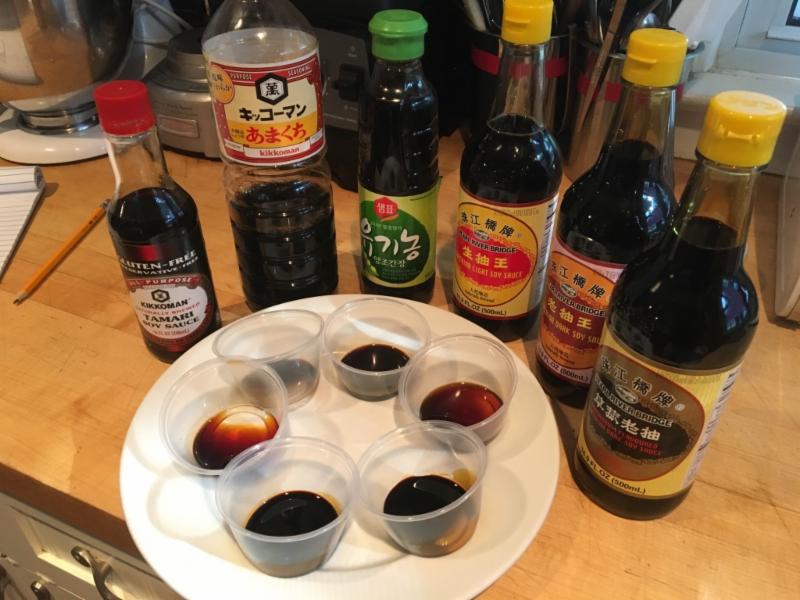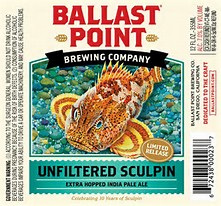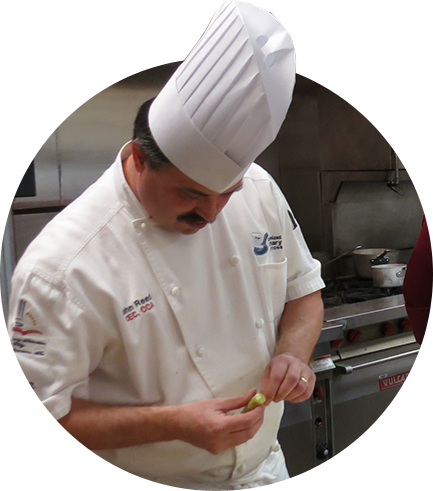I have been doing research on different cuisines to fine-tune my understanding of core flavors and techniques. Every region or cuisine has nuances, but one should know the iconic dishes that best exemplify the cuisines. I was reviewing Asian cuisine and started breaking down the key pantry items that one would want to have in the cupboard. In my world, you may never know when the urge to make yakitori, Thai red duck curry or Bulgogi will strike!
A common element across the Asian subcontinent is soy sauce and/or fermented fish/seafood sauces-two very different ingredients. Soy sauces are used to build flavor and contribute color, creating richness to sauces via reduction and or thickening, or as a table sauce. They are huge contributors to the umami flavors we enjoy. In digging a little deeper into the subject, I wanted to really understand the key components of the raw ingredient. I entertained the idea of doing a vertical tasting of soy sauce from across the region. I wanted to select the key countries of Japan, Korea and China to start with. Little to my surprise, I opened a “can of worms,” as the variations and levels of flavor, production and usages got even more involved.

The Japanese have seven varieties of commercially available soy sauces with three levels of production as well as quality. So, do the math; it is an enormous amount of choices in that country alone. For a quick lesson, soy sauce is made by soaking and cooking soybeans and grains, inoculating with a yeast culture and allowing to ferment, then filtering and aging-like my favorite beverage, which is why I find it so compelling to understand.
In Japan, there is up to 50% wheat in the Japanese mainstay of shōyu (soy sauce) and the koikuchi (dark) variety that represents the largest percentage of soy sauce production in the country.
Then when you cross over the seas to Korea and China, things get even more complex. The Chinese only use a small amount of grains in production, and in Korea, it is then blended with a sweetener such as corn, rice or agave syrup. The key differentiator here is whether the soy is naturally fermented with all natural ingredients or what percentage comes from the blending of fermented soybean liquor and chemicals and/or sweeteners such as molasses, which is added to most Chinese superior dark or mushroom soy sauces. Without a tasting or some research, I would have thought that most soy sauces were similar in taste, but I was surprised by the complexity.
While I was teaching students the subject of writing specifications, I would use the process of a taste panel to evaluate products from an ingredient’s flavor, function and format approach first. Cost and value was the “pro and con” decision once the right ingredient was chosen. I also relied on my Cicerone® tasting skills to do the comparison.
As for the Cliff Note results-I tasted soy sauce from Japan, China and Korea as well as tamari shiro (or “white”) soy, which contains no wheat, as well as dark and mushroom soy from China. For someone who needs to cut out the salt, this was done in moderation. I used visuals and aromas primarily while only sampling tiny portions of the product to get a good taste.
There is a definite level of sweetness in the Japanese soy sauce versus the tamari. The contrast between the Chinese and Japanese versions were clearly prevalent, especially with a slightly higher alcohol influence in the Chinese sauce. Both the dark soy sauces where dominated by burnt sugar, but the flavors are transformed during cooking. The Korean style Hansik Ganjang is suited for cooking versus as a table condiment.
There are many choices of products out there, so get out, do a little taste testing of products and find one that you like, but remember that not all ingredients are a one-stop shop if you want to taste global flavors.
Stores
Super H Mart

This is a national chain and one of the most comprehensive supplies of Asian goods.
Beer
Unfiltered Sculpin IPA

This not really a pairing for soy sauce but a great beer after a hard day tasting soy sauce! It is very floral with notes of peach and apricot. Let it warm up for 5-10 minutes before serving in a clean IPA glass. Hurry, because it is a limited seasonal.











